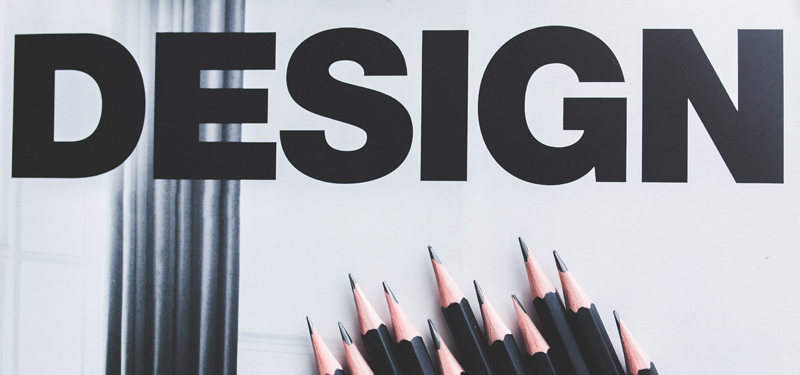When hiring a design company or graphic designer to work on a specific project or campaign, many details need to be brought to light before beginning. Fortunately, a good design firm or designer will know what to ask to help make the process easier for the client.
Typically, we question clients to get a good understanding of the project, define the objectives and what results are expected. Following is a list of 10 things designers might ask at a preliminary meeting.
1) What is your primary business? This is a fairly general statement, however, it’s actually helpful to have the client verbally describe who they are and what they sell. After all, who knows more about your company than you?
2) Please summarize the project. Often times, the client comes to us with a single project… with specific objectives. Here is where you can describe what it is you are wanting to accomplish in grand detail.
3) What are your major goals for this project? In other words… what type of results are you wanting to obtain? These should be clear. For example, you want to increase your email mailing list by 10%. Or, you want to increase sales by $100K. Be specific… it sets the stage for molding the creative.
4) Is this a redesign of a project or something brand new? If it is a redesign of an existing project, an evaluation of its prior success should be reviewed to discover what worked and what didn’t. The redesign parameters will be defined by the results of this evaluation.
If the project is a new one, we’ll refer back to the project summary to develop the creative.
5) Who is the audience? Basically, who are you trying to reach with your message? The answer to this question will be determined by several factors: a) market research b) objectives and c) target demographics.
6) Who will be working on this project from your end? It’s best to have a single “point person” within your organization who has the authority to approve design and creative. Design by committee tends to water-down the initial creative solution hindering the results. Having a ‘key’ person delegating responsibilities makes the whole process run smoother.
7) What is the motivation for doing this project now? The answer may resemble the project summary, however, this question tends to bring out a more detailed answer, such as a competitor has introduced a new product, loss of marketshare, or a new service is being offered.
8) How will success be measured for this project? When it comes to your expectations, it’s good to know what is anticipated as a successful result. It provides a precise target to aim for.
9) When do you want to have this project completed? This may be one of the most important question of all. A follow-up to this question may be “What is the motivation for this target date?.” Designers are deadline driven, at least at Roberts Design we are, so the answer plays a crucial part of whether or not a designer can take on this project. Depending on the scope and parameters, there must be enough time allowed for the creative to be developed and the production to be completed. The worst thing that could happen is the job is rushed through without enough research and development. This could effect the anticipated results.
Don’t get me wrong… there are those rush projects that must get pushed through no matter what. It’s a fact of life in this business. Time is how we measure and sell our expertise, so we want to make sure our clients get their money’s worth.
10) What is the budget for this project? This is usually the tough one to get an answer… In most cases, the client has a figure in mind, however, for whatever reason, is reluctant to share it with the design firm for fear that they will create a campaign or project around that figure. That is not necessarily the case. A good designer will use this as a ceiling figure and then go to work trying to figure out how to get the desired results the best way possible. The misconception is that designers won’t look for a cheaper alternative when they know how much they have to work with. While 9 times out of 10, the reverse is actually true.
However, some clients have a budget and do provide that information and are willing to spend up to that amount. Often though, these budgets are not big enough to cover the full scope of the project. And it is up to the designer to inform and educate the client about what it will actually take to bring the project to fruition.
After all the questions… the design firm will write a creative brief that encapsulates the answers provided by the client. This document is then shared with everyone involved with the project and sets the tone, scope of work and project parameters to achieve the desired results.

